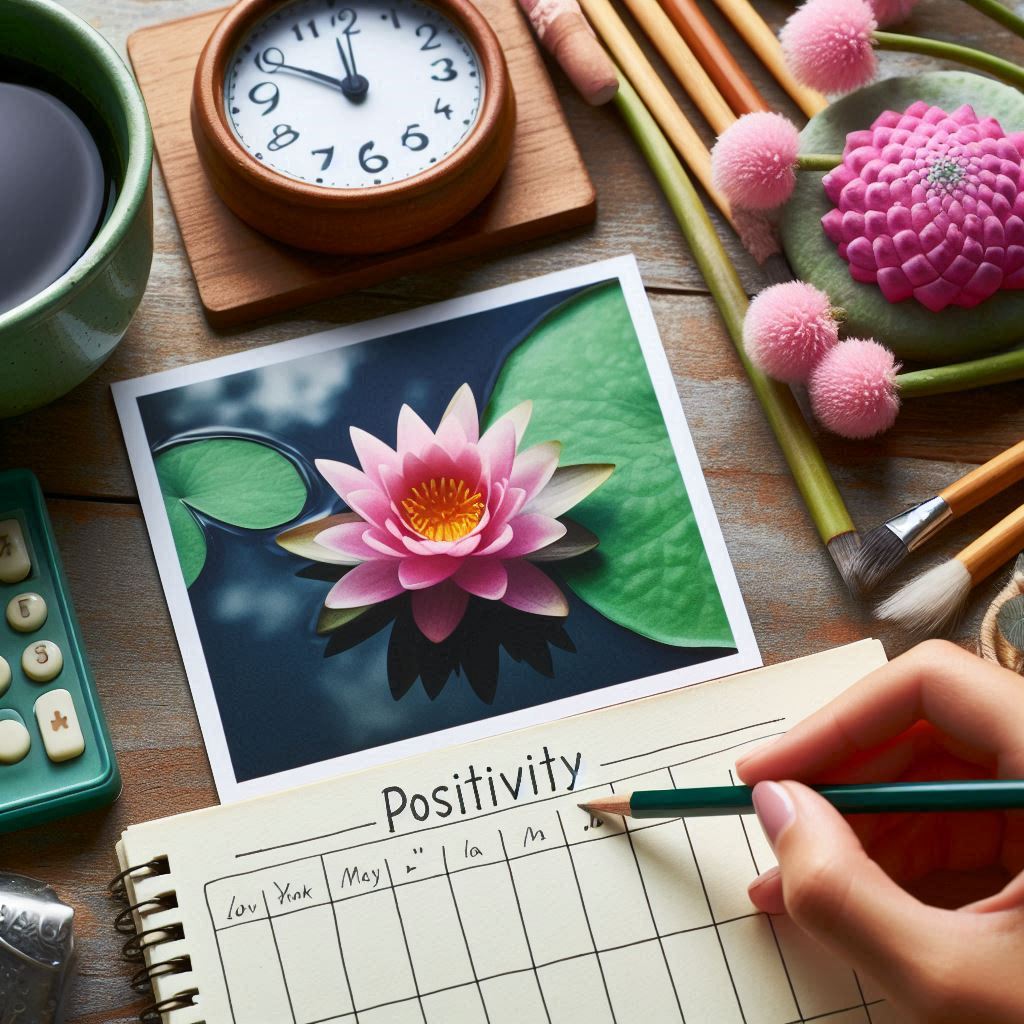Why Warming Up Matters in Yoga
Your muscles, joints, and connective tissues need time to transition from whatever you were doing before stepping onto your mat. Cold muscles are less pliable and more prone to strain, while a gradual warm-up increases blood flow, raises your core temperature, and signals to your nervous system that it's time to move mindfully.
Beyond the physical benefits, warming up creates a bridge between your daily life and your yoga practice. It's an opportunity to check in with your body, notice any areas of tension or discomfort, and set an intention for your session.
The Foundation: Breath Awareness
Before any physical movement, spend 2-3 minutes connecting with your breath. Sit comfortably with your spine tall, close your eyes, and simply observe your natural breathing pattern. Notice the rhythm, depth, and quality of each inhale and exhale. This simple practice activates your parasympathetic nervous system and helps you arrive fully on your mat.
Try a few rounds of three-part breathing (dirga pranayama): breathe into your belly first, then your ribcage, then your upper chest on the inhale, and reverse the process on the exhale. This technique immediately calms your mind while gently expanding your lung capacity.
Gentle Joint Mobility
Start with simple movements that take your major joints through their natural range of motion. These exercises should feel good rather than challenging:
Neck and Shoulders
Slowly roll your shoulders backward several times, then forward. Gently turn your head side to side, then carefully drop each ear toward the corresponding shoulder. These movements release tension that accumulates from daily activities like computer work or driving.
Spine Mobility
Seated spinal waves are perfect for awakening your entire back. Sit cross-legged and imagine your spine is like seaweed moving in ocean currents. Start the movement from your tailbone and let it ripple up through each vertebra, creating gentle forward and backward undulations.
Hip Circles
Whether seated or standing, place your hands on your hips and make slow, mindful circles. This movement lubricates the hip joints and begins to open areas that tend to tighten from prolonged sitting.
Dynamic Movement Sequences
Once your joints feel more mobile, introduce flowing movements that generate internal heat:
Cat-Cow Variations
Come to hands and knees and move slowly between arching and rounding your spine. As you warm up, you can add variations like side-to-side movements or circles, allowing your body to move in ways that feel nourishing.
Gentle Sun Salutation Flow
A modified version of the classic sequence works beautifully as a warm-up. Move slowly and focus on the connection between breath and movement rather than achieving perfect alignment in each pose. Hold each position for several breaths if your body asks for more time.
Standing Forward Fold Flow
Stand with feet hip-width apart and slowly fold forward, letting your arms hang heavy. Sway gently side to side, bend your knees as much as needed, and take several breaths before slowly rolling up to standing.
Listening to Your Body's Needs
The most important aspect of warming up is developing the skill of listening to your body's unique needs each day. Some days you might need more hip mobility work if you've been sitting a lot. Other days, your shoulders might crave extra attention. A good warm-up is responsive rather than rigid.
Pay attention to areas that feel tight, achy, or restricted, and spend extra time there. If something feels uncomfortable, back off or modify the movement. Your warm-up should leave you feeling more open and aware, not strained or forced.
Mental Preparation
As your body warms up, your mind should be settling into the present moment. Use this time to let go of external distractions and tune into the subtle sensations in your body. Notice areas of tension, energy, or ease. This body scan helps you practice with greater awareness and prevents you from pushing beyond your limits.
Consider setting an intention for your practice—perhaps cultivating patience, strength, or simply being present. This mental component of warming up helps transform your yoga session from mere physical exercise into a more holistic practice.
Timing and Progression
A proper warm-up typically takes 10-15 minutes, though this can vary based on your needs and available time. Even five minutes of mindful movement is better than jumping straight into challenging poses. Start slowly and gradually increase the range of motion and intensity of movements.
Remember that warming up is not about achieving anything or getting somewhere quickly. It's about creating the optimal conditions for a safe, mindful, and beneficial yoga practice. The time you invest in proper preparation will pay dividends in reduced injury risk and enhanced body awareness.
Ready to Practice These Techniques?
Our interactive warm-up guide walks you through each phase with:
- Guided breathing exercises with visual cues
- Step-by-step joint mobility sequences
- Dynamic movement flows with timing
- Personalized warm-up recommendations
Key Takeaways
Start with breath awareness - Connect with your breathing before any physical movement to center yourself and activate your nervous system.
Move your joints gently - Take major joints through their natural range of motion with neck rolls, spinal waves, and hip circles.
Generate internal heat - Use flowing movements like Cat-Cow and gentle Sun Salutations to prepare your body for deeper poses.
Listen to your body - Pay attention to your unique needs each day and spend extra time on areas that feel tight or restricted.
Prepare mentally - Use warm-up time to set intentions and transition from daily life into mindful practice.
Your warm-up sets the tone for everything that follows, so approach it with the same mindfulness and respect you'd give to any other part of your practice. When done thoughtfully, these opening minutes become a cherished ritual that helps you transition from the busyness of daily life into the sacred space of your yoga practice.





